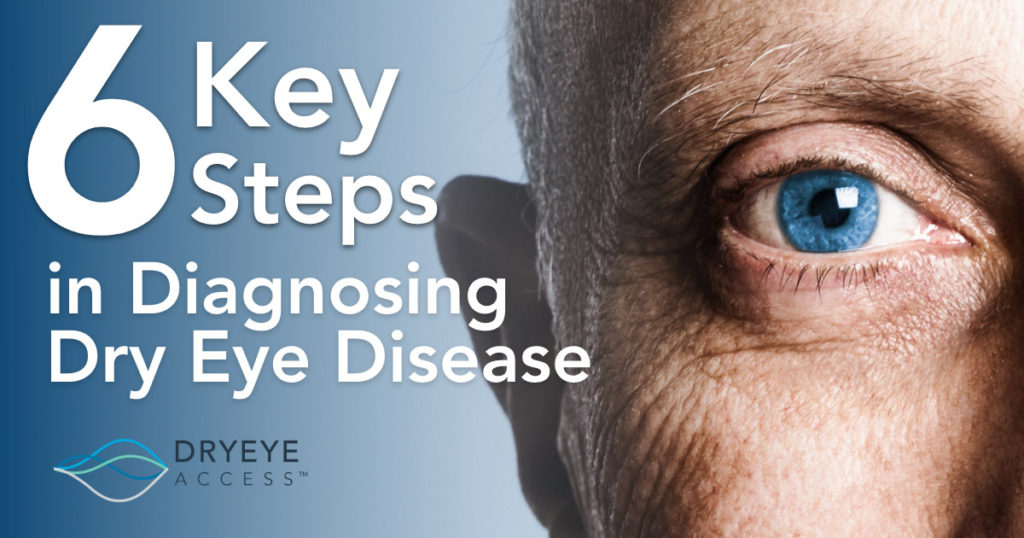Dry Eye Disease is Complex and Complicated to Diagnose and Treat
Multifactorial issues contribute to the onset and progression of Dry Eye Disease.
“Dry eye is a multifactorial disease of the ocular surface characterized by a loss of homeostasis of the tear film, and accompanied by ocular symptoms, in which tear film instability and hyperosmolarity, ocular surface inflammation and damage, and neurosensory abnormalities play etiological roles.”
– DEWSAlso known as the Dry Eye Workshop, the DEWS II panel created a contemporary evidence-based definition for Dry Eye Disease. II July 21, 2017
Multifactorial components of Dry Eye Disease:
and Tablet Use
It starts with the cornea and conjunctiva…but doesn’t end there
The cornea and conjunctiva are the focal areas where instruments may uncover initial signs of Dry Eye Disease. But Dry Eye Disease doesn’t manifest on the cornea and conjunctivaThe thin, highly vascularized tissue layer lining the inside of the eyelids. alone. Less common symptoms can indicate disease progressionA disease or condition that continues to grow or spread. and the possible need for additional levels of care.
Many different findings are possible during a Dry Eye Disease evaluation:
of the Lashes (DemodexA family of tiny mites that live in or near hair follicles, including eye lashes.)
Eyelid Margin (hyperkeratinization)
Latest News in Dry Eye Disease
Preliminary study results show significant improvement in dry eye questionnaire scores, subjective s [...]
The FDA is requiring Kala Pharmaceuticals to complete an additional clinical trial of KPI-121 0.25%, [...]
SilkTech Biopharmaceuticals has completed enrollment in a phase 2b clinical trial of SDP-4, its eye [...]
… Read More: What is the Best Refractive Surgical Choice for Patients With Mild Dry Eye? The post Wh [...]
VANCOUVER, British Columbia – Results from phase 2 and phase 3 trials showed that tivanisiran 1.125% [...]


